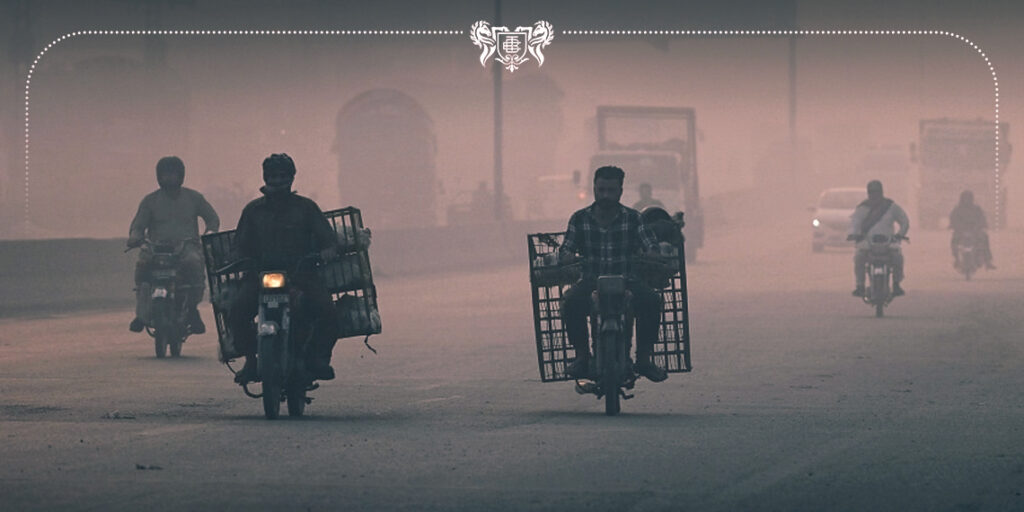Lahore is facing an alarming smog crisis, with air pollution levels reaching nearly 40 times above the World Health Organisation’s (WHO) safety threshold.
On November 2, PM2.5 levels—fine particulate matter posing severe health risks—surged to 610, drastically exceeding the WHO’s advised maximum of 15 over 24 hours.
The Air Quality Index (AQI) also hit an unprecedented 1,067, marking a critical escalation in Lahore’s air quality emergency, according to data from air monitoring service IQAir.
Lahore, Pakistan’s second-largest city, has been engulfed in dense smog for days. This toxic haze results from low-grade diesel emissions, smoke from agricultural burning, and winter weather that traps pollutants.
The severe air quality poses a public health risk, with links to strokes, heart disease, respiratory illness, and lung cancer, according to WHO findings.
In response, the provincial Environmental Protection Agency has imposed new restrictions on high-pollution areas, or “hot spots.”
These measures include bans on two-stroke tuk-tuks, restrictions on barbecuing without filters, and limitations on open-fire street vendors, who must now close by 8 p.m.
Starting November 4, government and private offices will operate at half capacity remotely. Construction work has also been suspended to reduce dust and emissions.
The hazardous smog has left Lahore’s residents anxious about their health and safety. One resident, Lilly Mirza, expressed her concern, noting that this year’s air quality is significantly worse.
Painter Rehmat shared his frustration, highlighting the challenges faced by working-class citizens as they struggle to cope with Lahore’s deteriorating air quality.
As winter approaches, the situation could worsen. Cold air traps emissions from low-quality fuels used in factories and vehicles, exacerbating pollution.
Authorities are under pressure to find long-term solutions to combat Lahore’s pollution and protect public health from the dangerous effects of sustained exposure to PM2.5 particles.
With the air pollution crisis at a peak, urgent action is needed to address Lahore’s hazardous air quality and alleviate the health risks posed to its citizens.


